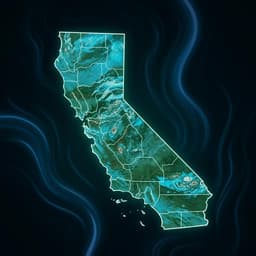
Earth Sciences
The conterminous United States are projected to become more prone to flash floods in a high-end emissions scenario
Z. Li, S. Gao, et al.
In a groundbreaking study, researchers, including Zhi Li and Shang Gao, reveal that flash floods in the US are set to become more frequent and intense due to the impacts of climate change. Utilizing high-resolution climate simulations, they predict a significant increase in flashiness, especially in the Southwest and central regions, highlighting an urgent need for resilient mitigation measures.
~3 min • Beginner • English
Related Publications
Explore these studies to deepen your understanding of the subject.







